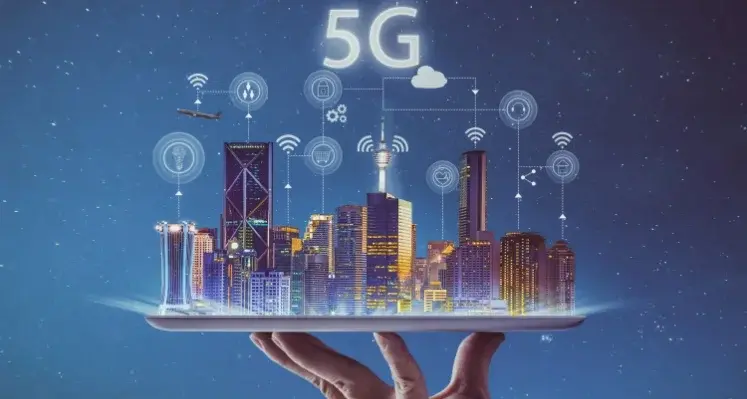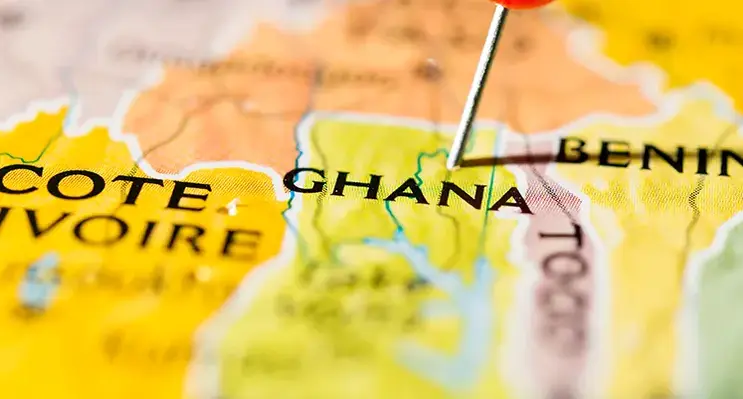The latest 5G pricing and analysis from Telecomspricing, an independent research provider for the global telecoms industry, shows an increase in 5G pricing, speeds and data allowances
5G average prices are now US$79.97 per month in return for more data and higher speeds.
Telecompricing has reviewed the 5G pricing plans for 36 MNOs as of the beginning of 2020 and finds that the average 5G pricing has increased from US$69.75 to US$79.97, an increase of nearly 13 per cent over the last quarter (from October 2019 to January 2020).
The main reason for the increase has been the inclusion of new 5G plans from MNOs in the Middle East which include unlimited or very high monthly data allowances - as high as 1,000 GB and up to 6,000 GB (or from 1TB up to 6TB (TB = Terabyte or 1,000GB per month). As a result, the average 5G data allowance has increased to 303 GB - up from 56 GB as of October 2019 – due to the introduction of high allowances for smartphones and home routers in the Gulf States.
Over the last quarter period there have been many trends in 5G services which will have an impact on the future development of the sector worldwide into 2020:
The Chinese market has launched 5G services
The Chinese mobile market, the largest by subscribers worldwide, introduced 5G from the beginning of November 2019. All three MNOs offer 5G plans, at pricing similar to 4G rates, a signal that 5G is to be intended as a mass-market service, with China to be the largest testing ground for 5G services in the world.
Lower cost 5G Chinese smartphones are on their way
5G smartphone purchase costs are currently CNY 3,000 (US$429) but are expected to fall during 2020, with Xiaomi sub-brand Redmi announcing their K30 5G smartphone for a cost of CNY 1,999 (US$286) to start deliveries during the year. With the new 5G devices the price gap between 4G and 5G device costs will start to narrow.
The highest 5G price levels and data allowances are to be found in the Middle East
Overall 5G will follow existing country market pricing trends.” The highest price levels are found in Kuwait, Qatar and Saudi Arabia which also have the highest mobile data allowances. However, the price premium charged offer regional disparities for pricing, with Post Pay rental rates already being higher in the Middle East than in other regions. Overall 5G will follow existing country market pricing trends rather than eradicate them.
Although the average 5G data allowance looks high the actual number of plans shows a more nuanced story
Out of the 121 x 5G plans surveyed worldwide, the greatest proportion (some 41 per cent) consists of mobile data allowances of less than 100 GB per month. The single most common allowance is 100 GB. One of the reasons for the cautious approach in providing data bundles appears to be the determination of MNOs (particularly in South Korea and China) to offer lower-cost 5G entry-level pricing with mobile data allowances starting as low as 8 GB and 30 GB respectively.
MNOs appear wary of charging a price premium for 5G services
Although still at an early stage, MNOs are offering 5G at a small or no premium charge to normal mobile data services.
5G theoretical download speeds offered have increased sharply
The average advertised 5G download speed has increased – from 582Mbps up to 736Mbps, with many MNOs claiming 5G download speeds of 2Gbps, with the most common average advertised download speed now being 1,000 Mbps (52 per cent of all plans). It should be noted that independent verification of these speeds is yet to emerge, and that 5G download speeds could reduce as more users join the network leading to more congestion.
The majority of 5G plans are still based on data consumed rather than on download speed
But some MNOs have a price tier per download speed (ranging from 2Mbps up to 2Gbps) and the Chinese MNOs have adopted a hybrid price strategy – whereby there are speed tiers with different data allowances for each speed tier. Around half of all MNO launches so far have incorporated 5G as part of an existing smartphone Post Pay price plan.
However, it should be noted that 5G services are still at an emergent stage, with network coverage, the availability and the purchase cost of handsets acting as barriers to mass-market deployment. The deployment of 5G already has been surprisingly widespread when compared with the early stage of 4G LTE.
And 5G is soon poised to enter the mainstream as more MNOs offer lower-cost entry-level packages and the availability of lower-cost 5G smartphones starts to improve later in 2020. These two trends have the potential to make 5G the transformative technology of the year.






















